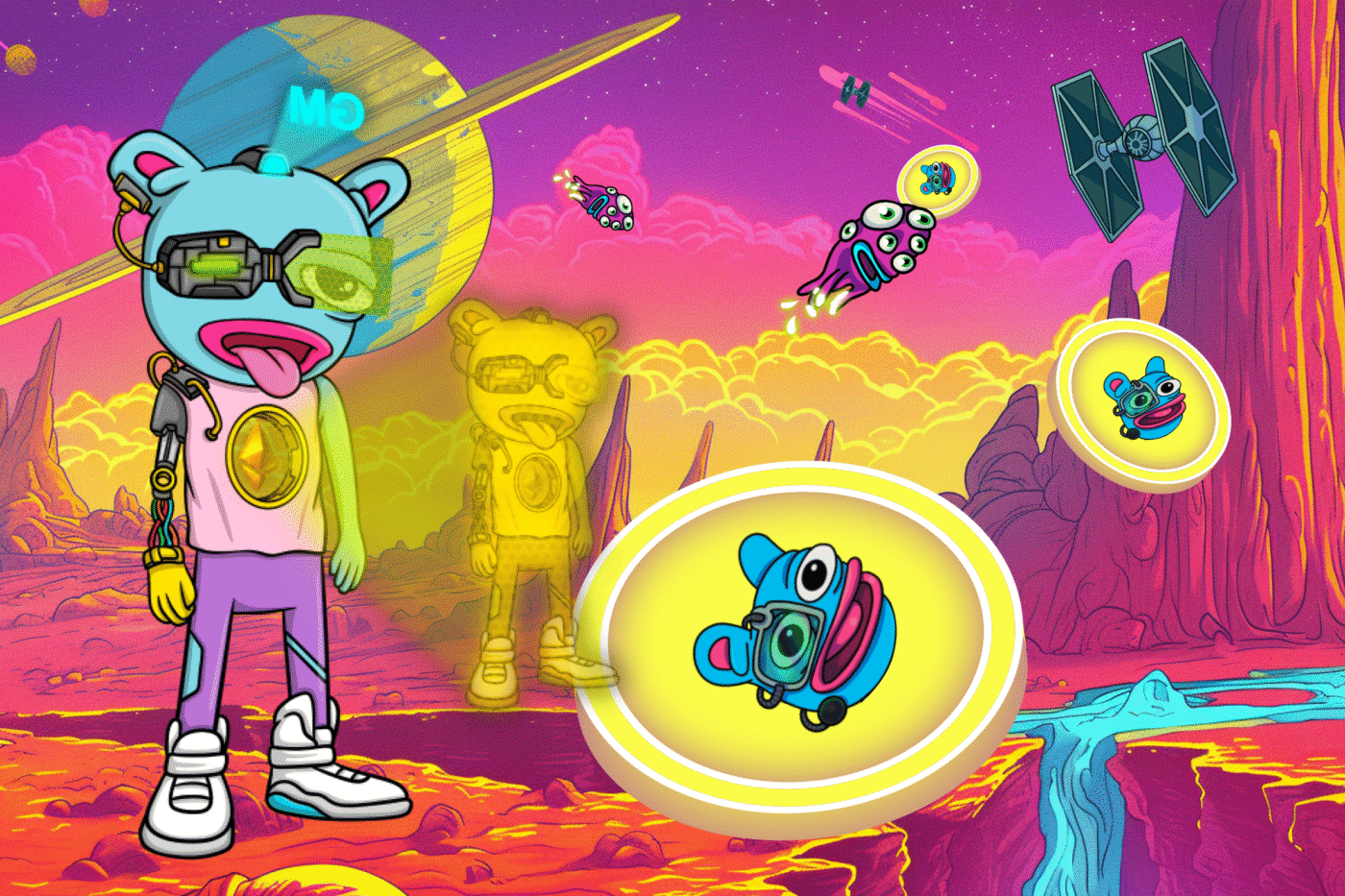Nokia (NOK) Stock Pulls Back After Epic 40% Rally on Nvidia Deal
TLDR
- Nokia stock dropped 5% in Helsinki after jumping over 40% in two days following the Nvidia partnership announcement
- Nvidia is investing $1 billion for a 2.9% stake in Nokia to develop AI-powered radio access networks and data center solutions
- Kepler Cheuvreux analysts warn the rally has been “excessive” and medium-term revenue potential remains unclear
- Nokia CEO expects the new equipment to start generating revenue from 2027, beginning with 5G and moving to 6G
- The partnership makes Nvidia the second-largest shareholder in Nokia and focuses on AI networking for telecommunications infrastructure
Nokia stock gave back some gains on Thursday. Shares fell 5% in Helsinki trading. This follows a two-day surge of more than 40% driven by investor excitement over a new Nvidia partnership.
Nokia Oyj, NOK
The Finnish telecom equipment maker announced a strategic alliance with Nvidia focused on AI-powered radio access networks and data center networking. Nvidia will invest $1 billion for roughly 2.9% of Nokia’s outstanding stock.
The deal sent Nokia shares to their highest level in nearly a decade on Tuesday. The stock closed up 20.86% after the announcement. That was the highest price since late January 2016.
Nvidia will pay $6.01 per share for 166,389,351 new Nokia shares. The investment makes Nvidia the second-largest shareholder in the company.
The partnership centers on developing AI networking solutions. Nokia will explore opportunities to include its data center communications products in Nvidia’s future AI infrastructure plans.
Nvidia CEO Jensen Huang said the deal would help make the U.S. the center of the next revolution in 6G technology. He praised Nokia for helping bring telecommunication technology back to America.
Partnership Details and Timeline
Nokia CEO Justin Hotard expects the new equipment to start contributing to revenue from 2027. Commercial deployment will begin with 5G before moving to 6G.
Hotard joined Nokia in April from Intel’s data centers and AI group. He has focused on expanding Nokia’s data center business since taking the helm.
Nvidia also unveiled plans for an AI-native wireless stack for 6G. The initiative is built around its AI Aerial platform, designed to enhance network efficiency over traditional radio access systems.
The project will include 5G RAN software from ODC. User plane and core network functions will come from Cisco. MITRE and Booz Allen will develop 6G applications.
Analyst Caution
While investors initially saw the tie-up as a game changer, analysts urged caution. Kepler Cheuvreux said the partnership “looks promising at first sight.”
However, the firm warned that medium-term revenue potential remains uncertain. The RAN market outlook over the next decade is depressed. There’s also the possibility of new competitive disruptions, including from Nvidia itself.
Analysts warn that tangible benefits may take time to materialize. Success will depend on how effectively Nokia integrates Nvidia’s technology into commercial network solutions.
The partnership is nonexclusive. Nokia currently uses Marvell chips for many of its products.
Capital expenditure on data center infrastructure is expected to exceed $1.7 trillion by 2030. McKinsey estimates this growth is largely due to AI expansion.
Separately, Nokia and Nvidia will partner with T-Mobile U.S. to develop AI radio technologies for 6G. Trials will start next year.
The post Nokia (NOK) Stock Pulls Back After Epic 40% Rally on Nvidia Deal appeared first on CoinCentral.
You May Also Like

XRP Price Prediction; Cardano Latest News & Why Meme Coin Layer Brett Could See Viral Growth

“Circle Just Solved the $29 Trillion Crypto Adoption Problem
